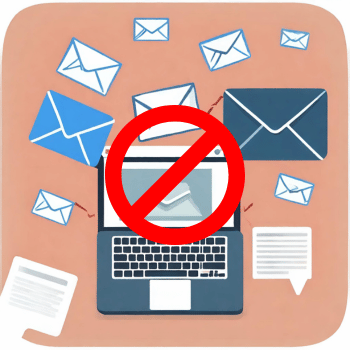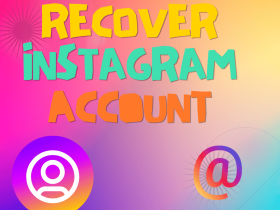The most prominent question in email marketing discussions is “What should we do?” to make e-communication more effective. But what if we reverse the question, “What should we not do?” There are a lot of mistakes that make email marketing a disaster for its owner, and they should be considered before creating future e-marketing campaigns.
“Junk – Spam” errors
1- Buy listings
To obtain permission to communicate by email, by law, the recipient must consent to receive your messages or offers. This means that when you purchase a list of email addresses from a third party, it’s not your right. Note that your email is ten times more likely to be marked as spam when you send a message to purchased lists.
2- Do not include contact information and the option to opt-out
One of the things that makes ending your emails spam is that not only does it include contact information and an option to unsubscribe, but it is against the law to do so.
3- Unproven sender ID
When formulating names in the From field of your marketing emails, use clear, straightforward names and addresses. These names can be easily created and authenticated on email platforms like HubSpot.
Content errors
1- No introductory text
The introductory text is the text that appears next to your email address. It’s a crucial component of good email because it can give a quick insight into what your email is. The introductory text of your email gives you, on average, 50 to 100 characters to use with your subject line, further engaging your readers to open your email.
2-Extra long
Some may think that stuffed and long emails are effective, but the opposite is true, as it is a well-known “good saying is what is said and said”, so try to make your messages brief with important details.
3- Weak addresses
According to research by digital marketing analytics firm Blue Corona, 47% of email recipients decide to open or not to open an email based on the subject line alone, so if the title and subject line aren’t a priority for you, you should reconsider.

Customer errors
1- Emails that do not take into account the customer’s relationship with you
Admittedly, email is an effective part of a marketing strategy. That’s when it reflects the right stage of the customer journey with you. Even if the messages meet all the conditions that make them attractive to customers, you must take into account the customer’s relationship with you, if you send a message asking the customer to make a purchase decision, which he has only just subscribed to your mailing list, this will not be recommended by the customer.
2- Don’t segment your audience
Another unfortunate mistake that can make a great email less effective is sending it to the wrong target audience. This error occurs when you do not properly divide your audiences into different email lists, if you do, it also helps to resolve the error “emails that do not consider the customer’s relationship with you”, so it is recommended that you divide the audience into categories according to your relationship with them and their journey with you, in addition to their interests.
Conclusion
Effective email marketing isn’t just about what to do; it’s equally crucial to understand what not to do. Avoiding common mistakes such as purchasing email lists, neglecting contact information and opt-out options, using unclear sender IDs, omitting introductory text, sending overly long emails, using weak subject lines, disregarding customer relationships, and failing to segment audiences is essential for successful e-communication campaigns. By steering clear of these pitfalls, marketers can enhance engagement, build trust, and drive better results in their email marketing endeavors.


















Leave a Reply
View Comments